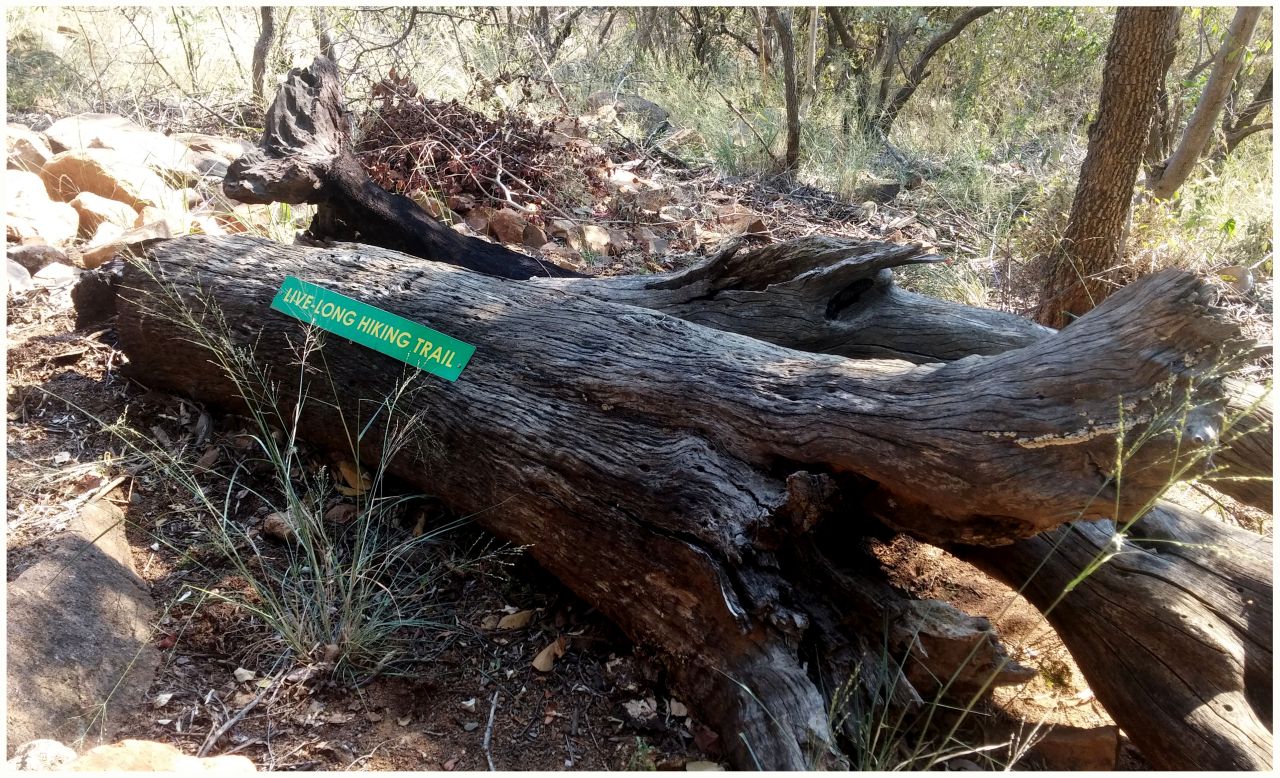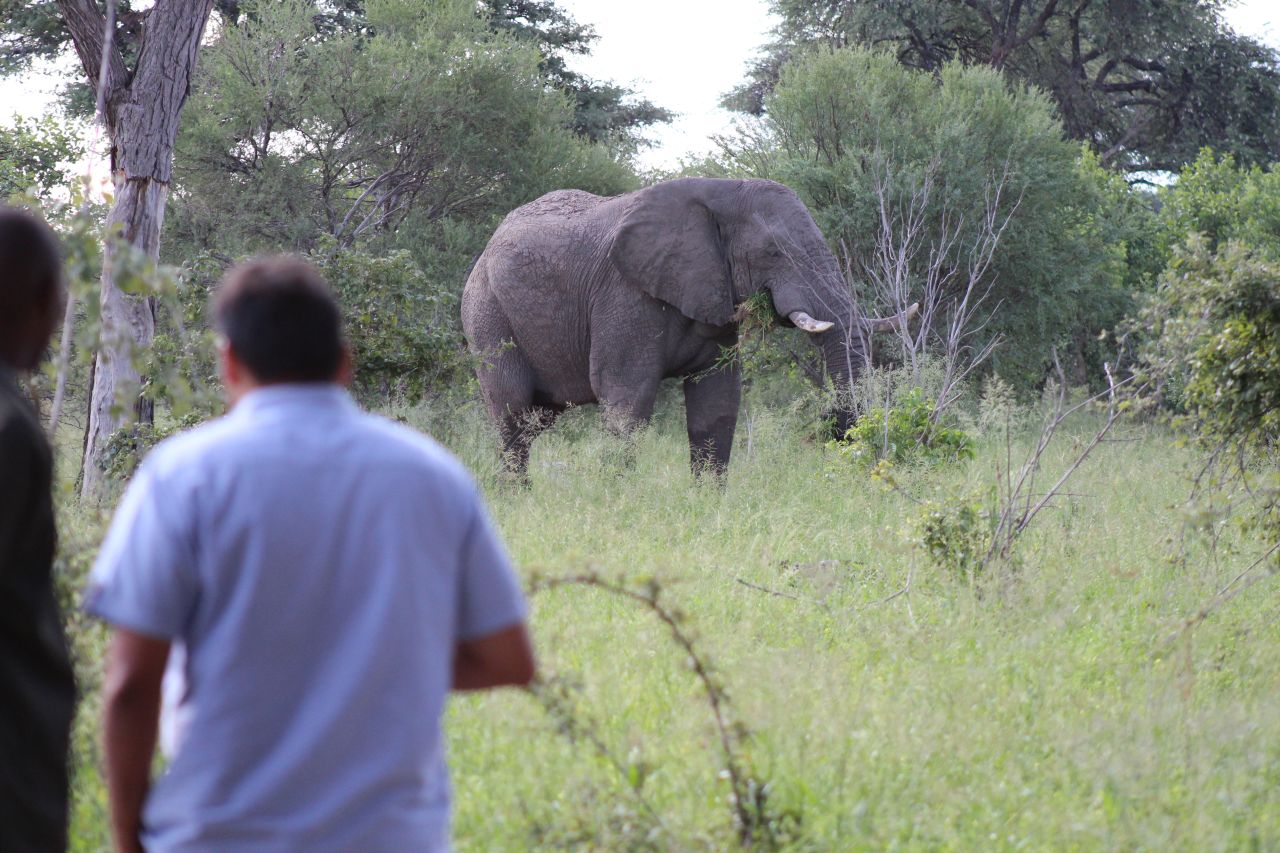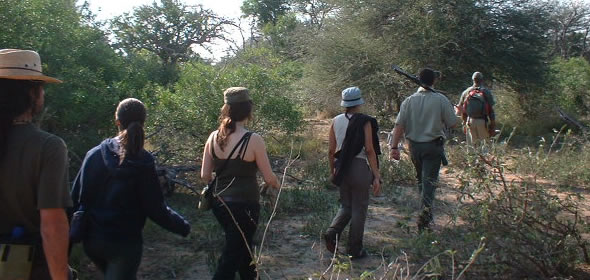We have to admit, there is something special about being in the South African bushveld. It isn’t just about the holiday or the break away from busy city life; it’s more a feeling, a calling to come home. As South Africans, we are used to piling into a relative’s bakkie and scouring the landscape for the largest animals we can find – it kind of turns into a competition between family members. But how often do we actually stop or slow down at least, to appreciate the smaller filaments of the biome? To take a walk on the wild side?
Of course, there is a certain rush, a kind of adrenaline high, when you arrive at a cluster of vehicles with faces peering through the glass panes, to see the new-born elephant calf and its mother grazing a stone’s throw away from the road. How exciting it is, to actually witness a large cat in action, chasing for a dinner, or seeing a hippopotamus for the very first time out of the water – its oddly shaped figure turning into a rock formation as the sun sets and it is cast in shadow.

But how many of us have actually spent time on foot in the bush?
That feeling of coming home, that calling back to the bushveld, that’s the moment when you step out of the protection of your chalet and into the wilderness. It is a matchless experience.
Mabalingwe is lucky enough to be one of the few Nature Reserves where guided bush walks are actually made possible. Naturally, you’re bound to spot game: impala herds or giraffe, but the true beauty, its true essence, is the bush itself. One of our #PowerRangers leads our bush walks; The Eco Trail and Live-Long Trail. The Eco Trail was designed for younger guests to learn and explore the bush and its many wonders, whereas our Live-Long Trail is for an older crowd.

Both of our trails take guests on a winding path through the bush, pausing to appreciate; smaller insects, the medicinal properties of certain plant life and interesting facts about the trees in the biome. The Waterberg region is rich in plant life, catering for the sustenance of a variety of game and providing a breath-taking ecosystem for exploration.
We are obsessed with bush walks and you should be too. Here are our top reasons to take a guided bush walk on your next visit to Mabalingwe;
- Every minuscule detail has greater significance. Often times, in a vehicle, you tend to overlook the termite mounds, or dung beetles. This is a great opportunity to learn more about these fascinating creatures and their, rather important, impact on the ecosystem.

- You become submerged in the surrounds. Your senses heighten and every inch of the landscape you walk through becomes alive with sound, sights, and smells. You’re no longer trapped in a vehicle and stuck listening to its humming engine. Now, you can hear the rustling of dry grass as the breeze filters through it, smell the damp earth after it has rained and see the insects scattering through the foliage.

- Time. You start enjoying the minutes you spend; inspecting spoor, chatting to your guide about a specific animal or plant and absorbing the atmosphere and vibe of the bush. A bush walk takes away the panic and anxiety the family generally faces when planning a self-drive through the Nature Reserve; will you reach the next check-point in time? Have the gates closed? Can we make it to the position a leopard was last spotted? – No more tantrums and frustrations when you’re walking rather than driving.

Taking a walk on the wild side through the Mabalingwe Nature Reserve is something you have to enjoy, at least once in your lifetime.
Try something amazing – try one of our Trails.

